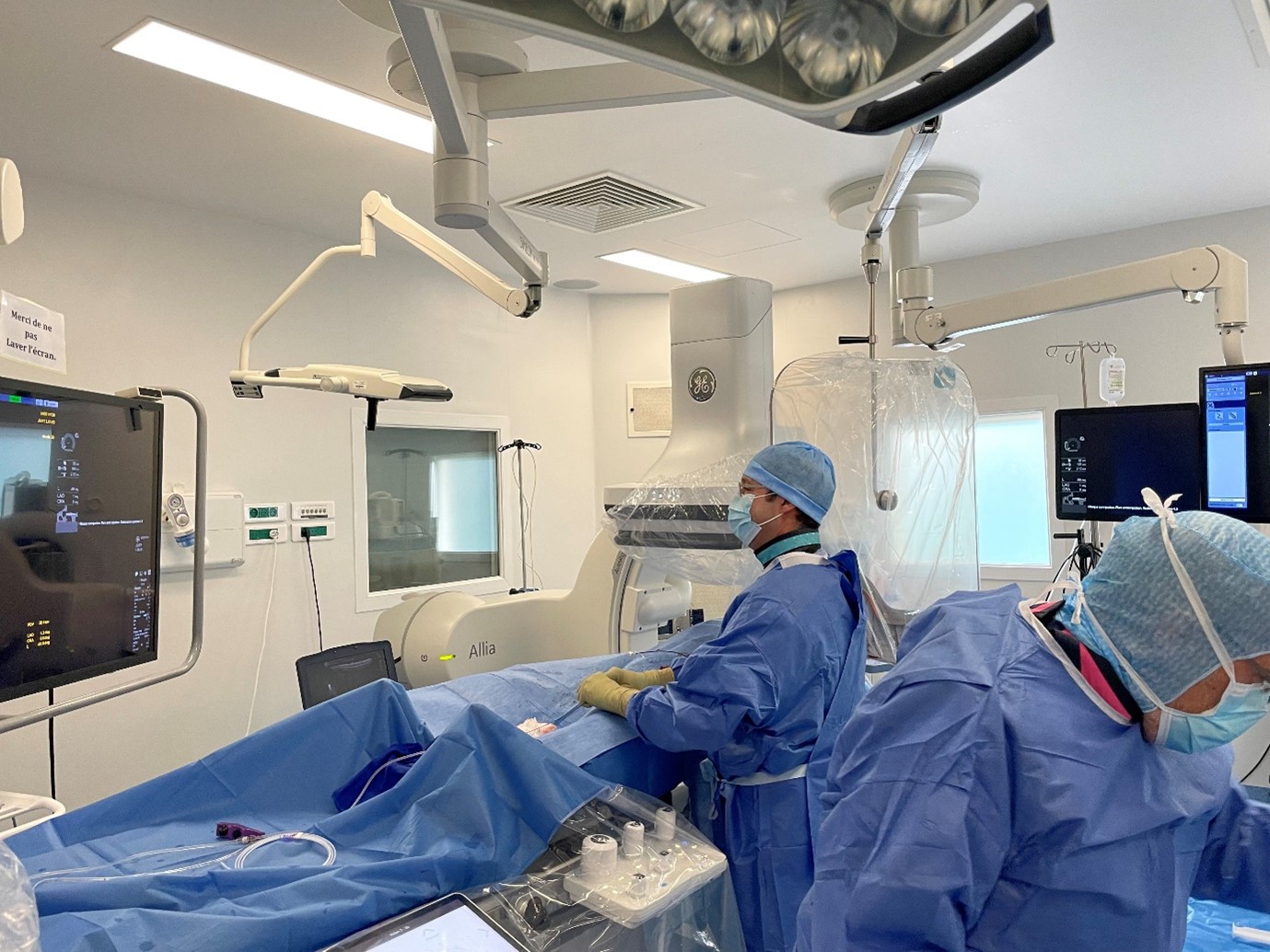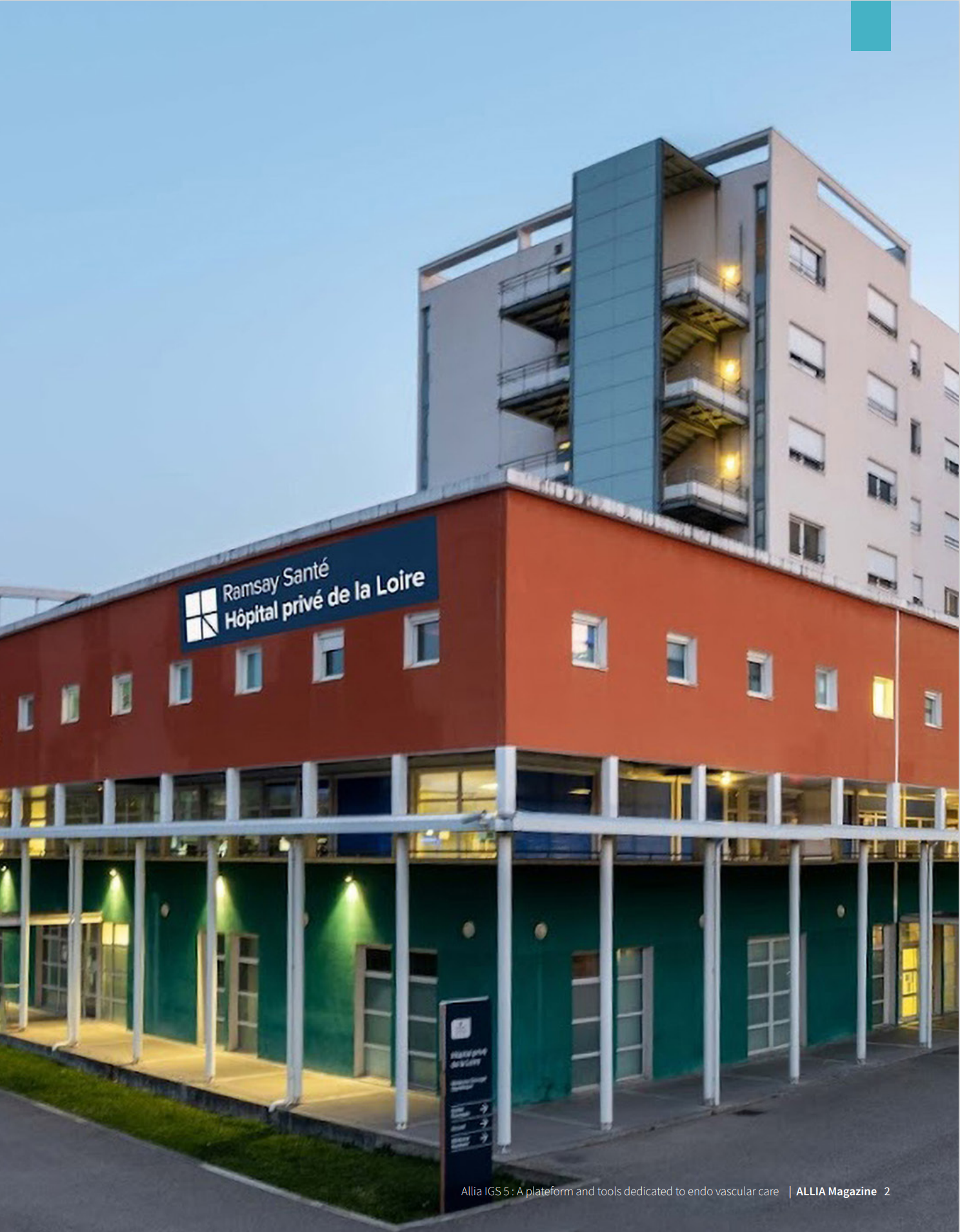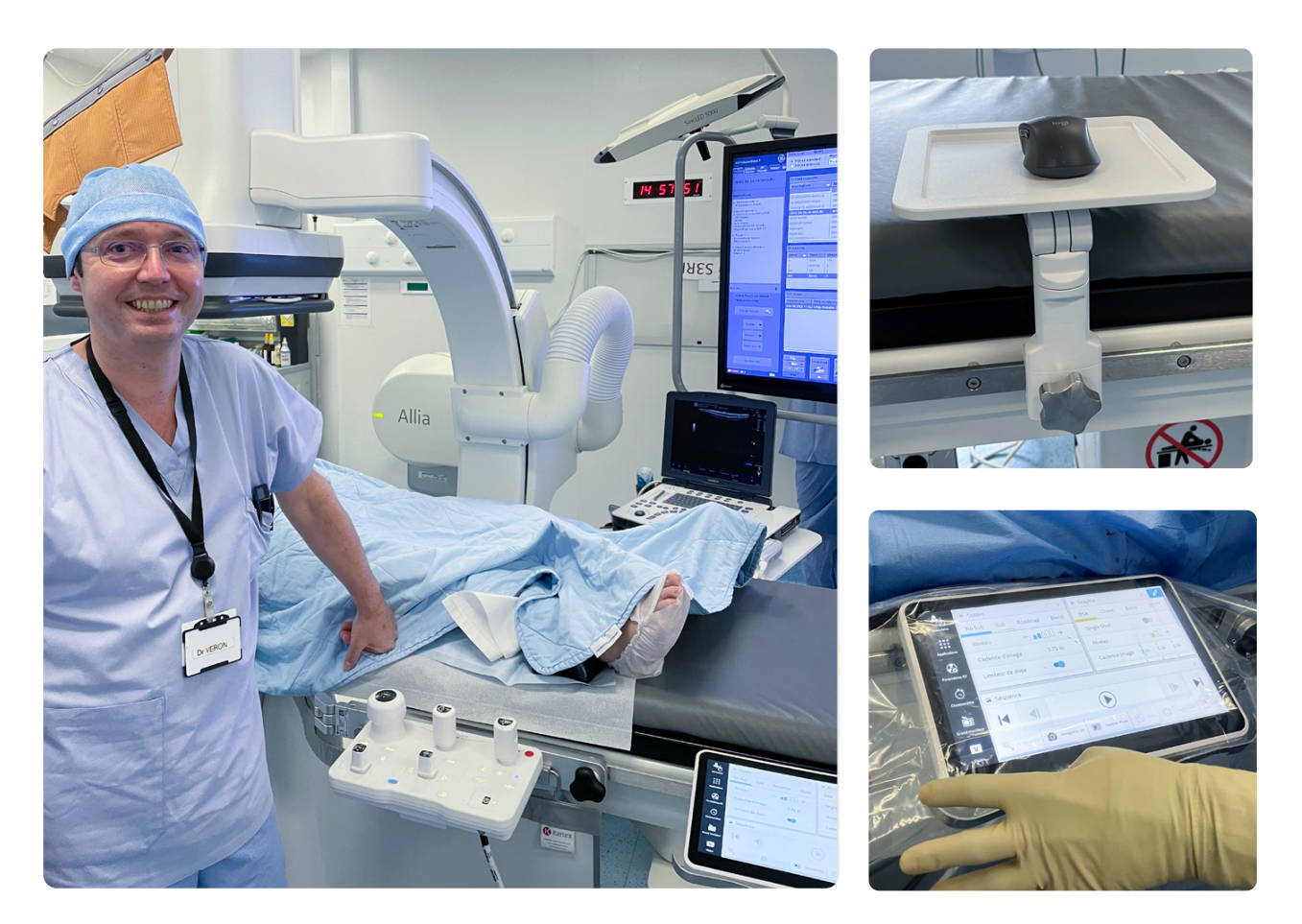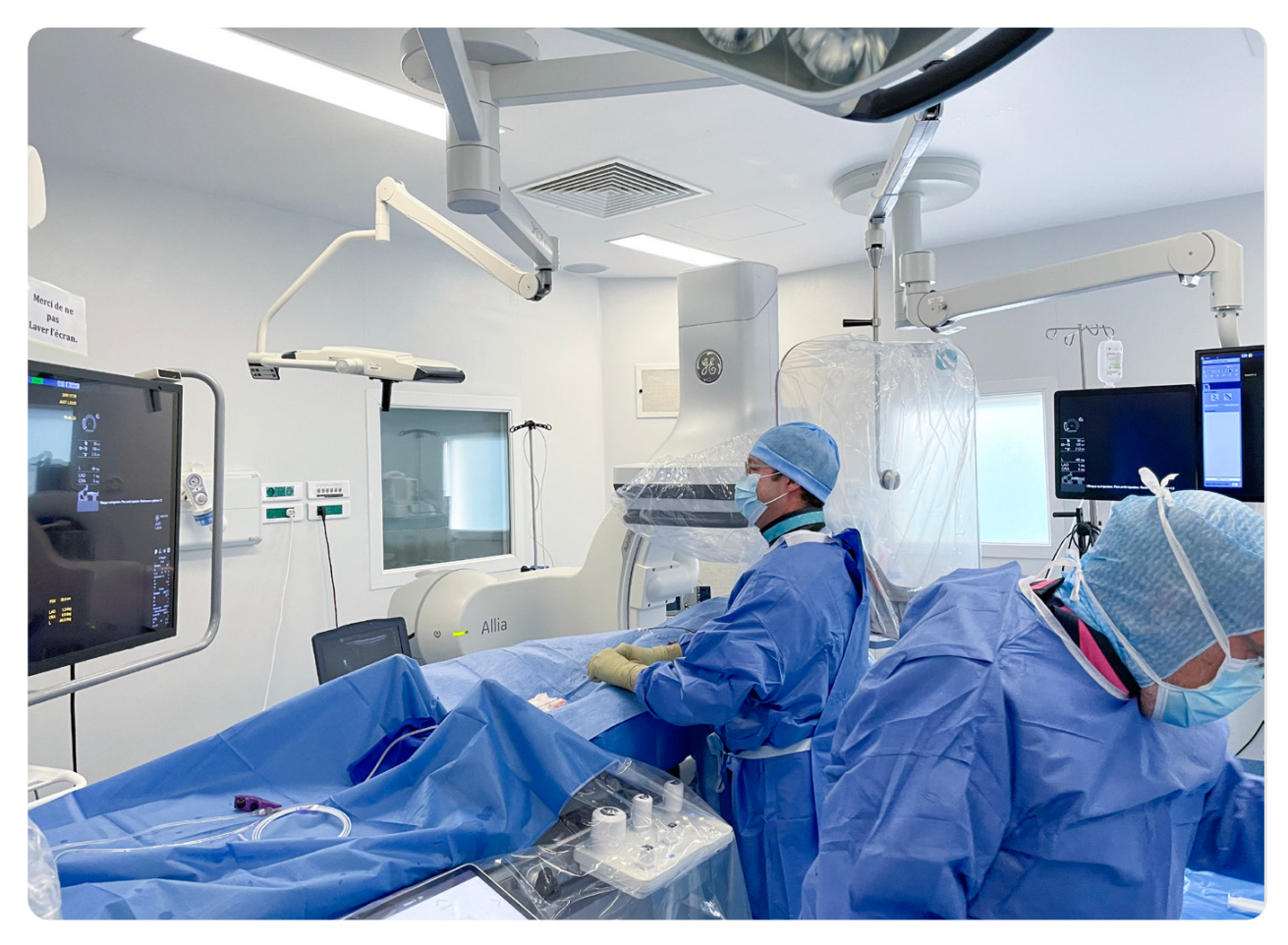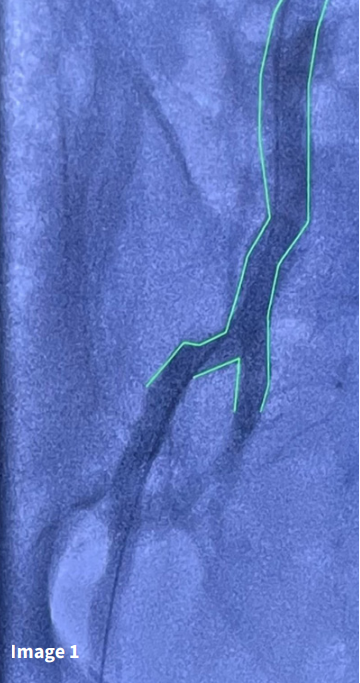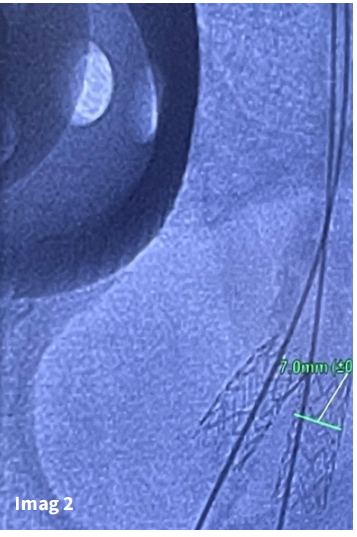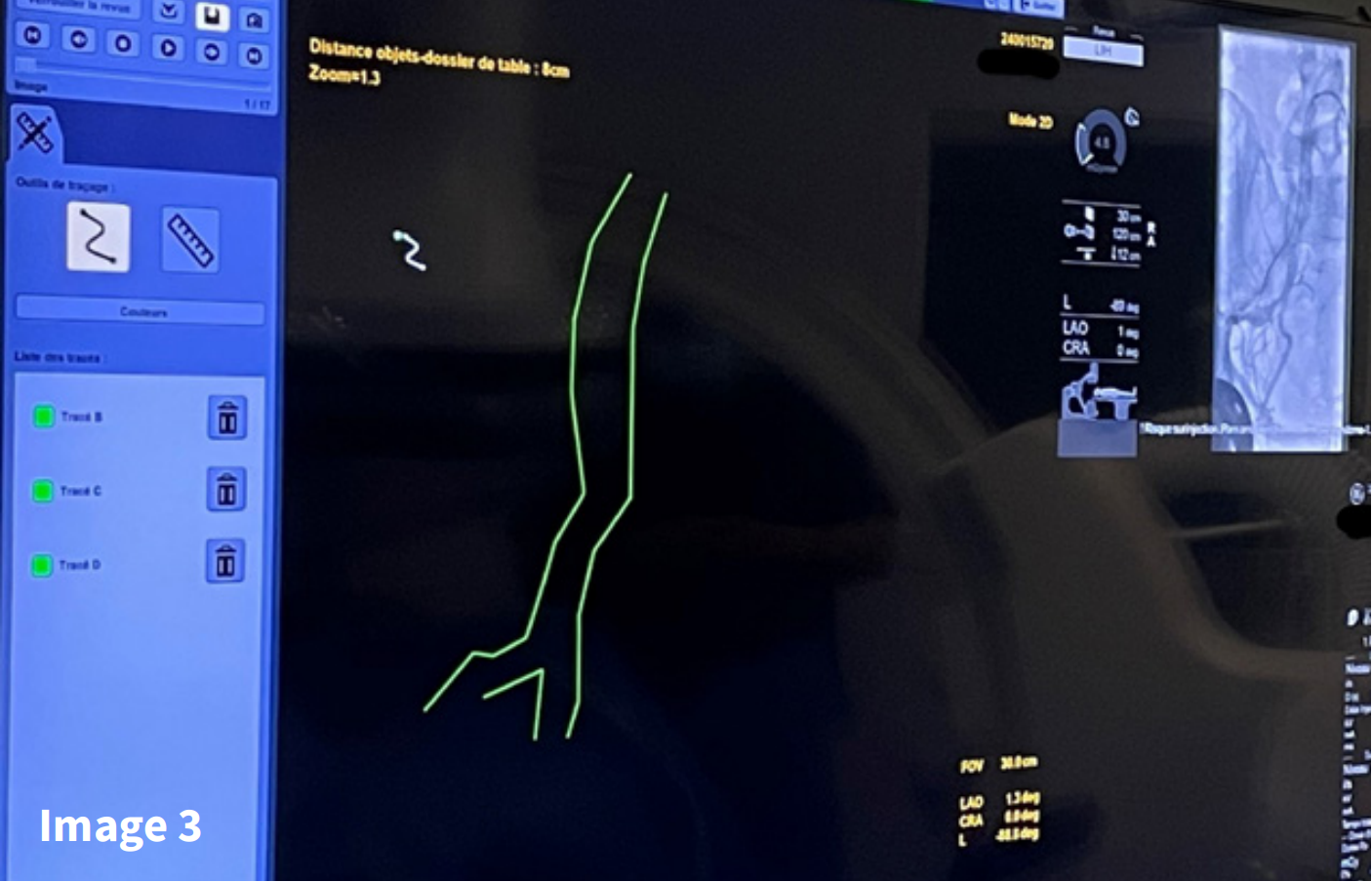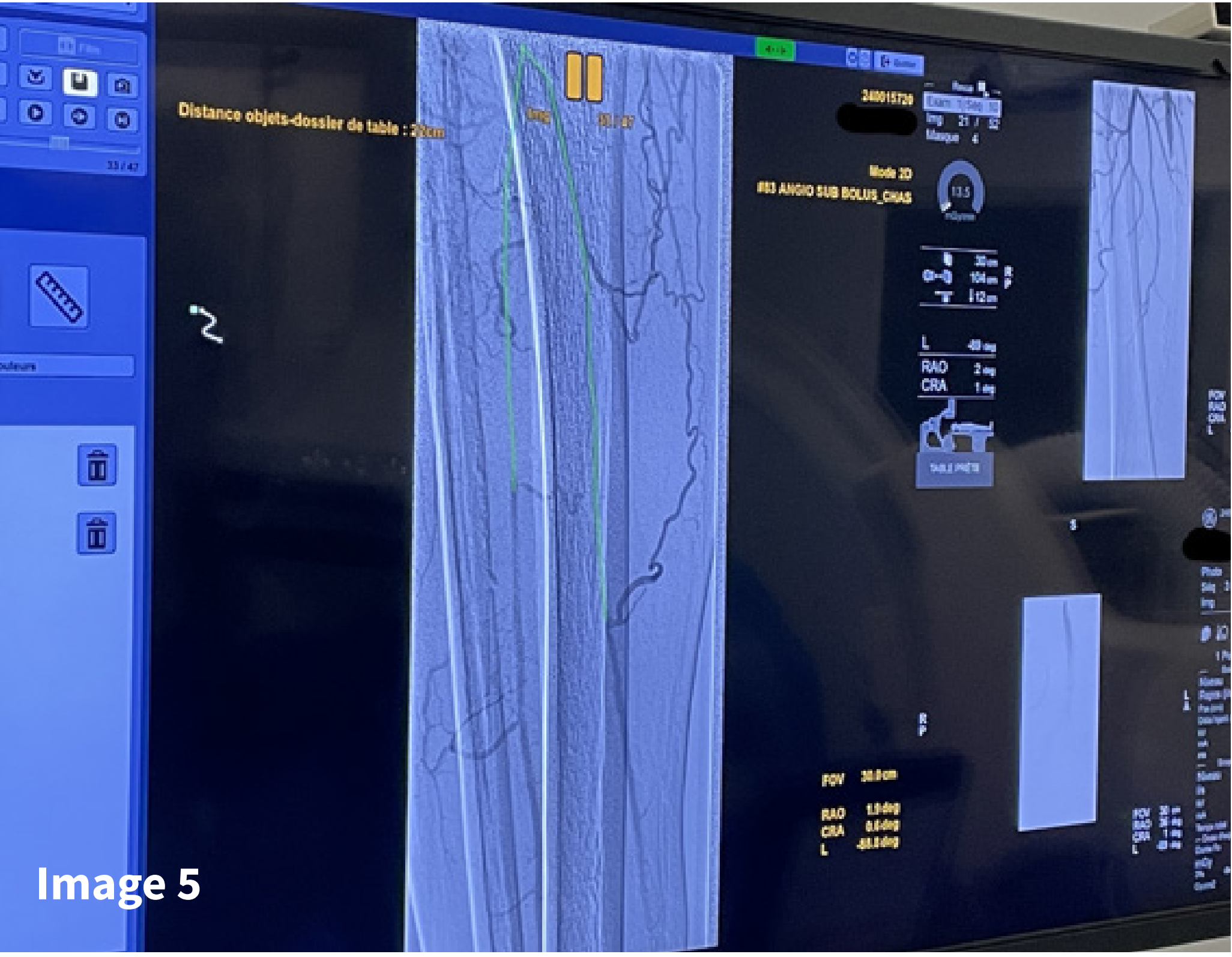Dr. Sebastien Véron is a vascular and endovascular surgeon at the Hospital Privé de la Loire, in Saint-Etienne (Groupe Ramsay Santé).
Could you please introduce yourself and your activity?
I’m Dr. Sebastien Véron. I am a vascular and endovascular surgeon at the Hospital Privé de la Loire, in Saint-Etienne (Groupe Ramsay Santé). I have been working exclusively in a hybrid room since the end of 2015 and I currently have a state of the art Allia IGS 5 Hybrid room, after working on an Innova IGS5 for six years. I specialize in endovascular treatment, such as: aorta, tripodes and lower limbs revascularizations. I am fond of all the digital solutions offered by the hybrid room including image fusion and the Digital Pen. What are the main advantages of your Allia system in your daily practice? There are several major advantages. From a system point of view, the C-Arm is more ergonomic. It allows you to position yourself closer to the patient without being disturbed by the detector. The controls to manipulate the system are much more convenient and compact. The Allia Touch tablet is more powerful, with new functions. It is also more intuitive and allows easy access to image fusion. Example: we have a direct access to register fusion imaging which allows me to easily refine our fusion model at the aortic and iliofemoral level. In terms of tool, the Digital Pen is very interesting in vascular practice as I will explain later on. All these elements really give us much more freedom and autonomy in the room.
Does the ergonomics of the system suit you regardless of patient access? In my vascular practice, I have to work on both sides of the angio table. That’s why we doubled the system commands to have them on each side of the table. This is extremely convenient to ensure flowless workflow in everyday practice. Moreover, the system adapts very well to the operator’s position around the patient. Besides our table has a specific feature for contrast media management. I chose a table mounted ACIST injector. I do almost all my injections, including in the lower limbs, automatically with the injector, which reduces the volume of contrast agents and allows me to be aware of the injected volume at any time. In term of operator’s comfort, how important is it to have a recall screen at patient head? I do a lot of retrograde access. The safari, in my daily practice, is the rule for all the difficult recanalization. So, we really need a recall monitor to be comfortable. So, I have the Large display monitor at the patient’s foot and two recall screens at the head.
Case Report: EndoVascular
Clinical Case
Second intervention for a patient that benefited two years ago from a long femoro-poplito peroneal stenting. Which got worse quite abruptly by thrombosis of the popliteal stent and worsening of proximal lesions with a lesion on the external illiaque and the deep femoral.
For organizational reasons, I didn’t do a pre-op CT Scan. I started with an arteriography with intention to treat. First step: an aortography on the deep iliofemoral axis. From this first injection, I was able to note the areas to be treated with the Digital Pen (image 1).
The diameter of the vessels can also be measured before choosing the proper device. After the deployment of the kissing stents at the level of the deep and superficial femoral, we can see that the measurements made with the Digital Pen correspond well to the dilation done with the balloons (7mm) making it a very precise tool (image2).
The main advantage is that without any pre-operative preparation, you can put markers or measurements directly on the 2D imaging. Thus, when you have to change your table position to see what you are doing for the crossover, do a more distal arteriography or any other manipulations with the table you can return to the original area without making any additional X-rays or contrast media injections (image 3).
That’s what I did on the femoral tripod and the external iliac artery to get started. Then I performed a Bolus Acquisition (image 4).
On my Bolus, I obviously found my femoro-poplito peroneal occlusion, but I also found two other arteries, a permeable peroneal at half leg and the same for the posterior tibial. I drew with the Digital Pen, the axis of those arteries that I always found during the procedure, including when making my changes of introducers, probes, guides, so I didn’t need to systematically re-inject (image 5).
I highlighted the bifurcation of the tibio-peroneal trunk going to the posterior tibial and peroneal artery. And I noticed where the posterior tibial was well revascularized as well as the peroneal, which allowed me to dilate only the areas that were unwell. I’ve used this several times, it’s extremely handy and it avoids unnecessary contrast media injections. Another great advantage of this tool is that it can be used with digital zoom. Thus, using collimation and digital zoom on the area to be treated, this allows to have an optimal field and a sufficient image size, in 3.75 images/s, to recanalize the artery.
I finished with a Bolus acquisition that showed an excellent top-down result. To limit irradiation and contrast, I inject into the femoral tripod (Figure 6).
To do a good bolus and have a good image down to the foot you need between 7 and 10 cc of contrast.
About GE HealthCare Technologies Inc. GE HealthCare is a leading global medical technology, pharmaceutical diagnostics, and digital solutions innovator, dedicated to providing integrated solutions, services, and data analytics to make hospitals more efficient, clinicians more effective, therapies more precise, and patients healthier and happier. Serving patients and providers for more than 125 years, GE HealthCare is advancing personalized, connected, and compassionate care, while simplifying the patient’s journey across the care pathway. Together our Imaging, Ultrasound, Patient Care Solutions, and Pharmaceutical Diagnostics businesses help improve patient care from diagnosis, to therapy, to monitoring. We are a $19.6 billion business with approximately 51,000 colleagues working to create a world where healthcare has no limits.
Follow us on LinkedIn, X (formerly Twitter), and Insights for the latest news, or visit our website https://www.gehealthcare.com/ for more information.
© 2024 GE HealthCare. GE is a trademark of General Electric Company used under trademark license. All rights reserved. The statements by GE HealthCare customers described here are based on their own opinions and on results that were achieved in the customer’s unique setting. Since there is no “typical” hospital and many variables exist, i.e. hospital size, case mix, etc., there can be no guarantee that other customers will achieve the same results

